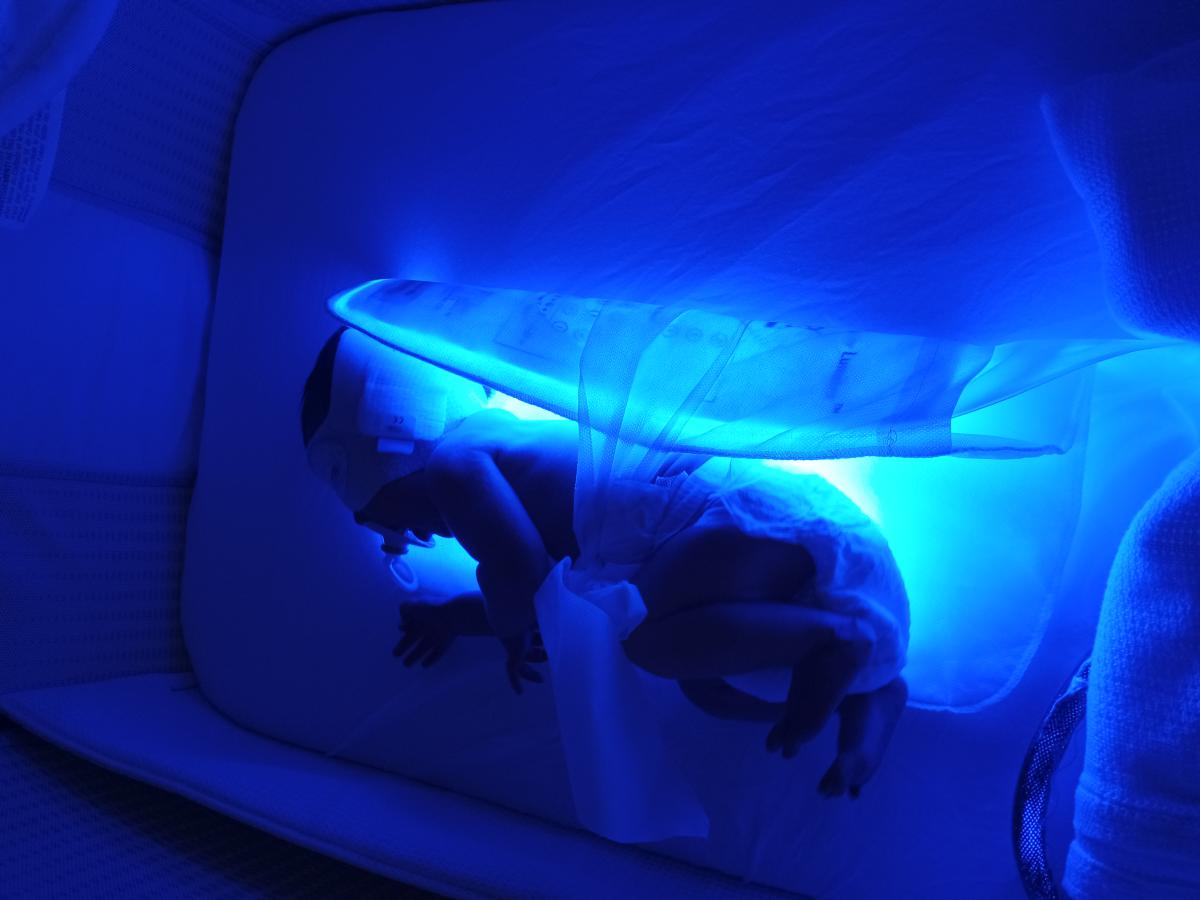Service treats over 1,000 children at home

Since March 2020, Hospital at Home, a service run by The Royal London Hospital which provides hospital level care from the comfort of a child’s home, has treated 1000 patients.
Instead of remaining on a ward after treatment, they receive daily visits from a hospital nurse to complete their care.
The nurse does tests, administers drugs, and performs all the specialist aftercare procedures normally done in hospital - but in the comfort and safety of the child’s own home.
Team lead, Michelle Anderson, said:
“Young patients being treated in hospital can often experience delays in leaving as they wait for their medications, which means they need to remain in their hospital bed for longer. Visiting and caring for patients at home avoids these delays, ensures there are beds for those that need them and reduces waiting times in A&E.”
“Nurses can carry out home visits as early as 1 hour post-referral, and we will visit a patient several times day in order to carry out duties such as clinical, respiratory and feeding reviews."
“As well as offering home phototherapy, which is a type of therapy that uses exposure to artificial light for the treatment of certain conditions, we also support families at home with IV antibiotic administration, bronchiolitis, viral induced wheeze and feeding, with daily reports to the consultant on improvement or deterioration."
“The feedback from parents is the best part of the job, and it feels so rewarding to know we are helping families get home with their children sooner.”
Lucy Cox, from London, recently used the service when her newborn baby Scarlett was born 4 weeks early. Scarlett suffered a collapsed lung, followed by jaundice that was preventing her from being able to go home.

Lucy said:
“I’d already been in hospital for 10 days by the time I gave birth. Although I was discharged, Scarlett wasn’t. I’d experienced this before, with her younger brother, but it didn’t make it easier. It doesn’t feel normal leaving your baby behind."
“I wasn’t sure how long she’d have to stay in, whether it would be a few days or weeks. Despite having suffered a collapsed lung, it was now the jaundice that was keeping her in."
“Finding out we could come home and finish treatment was the best thing ever. We could start getting back to normal family life, and I could also be around for her brother, who was confused as to why he couldn’t see his baby sister or mum."
“A nurse came to teach us everything we needed to know about using a biliblanket, which is the device that flushes out jaundice in young babies. It was an odd experience at first, especially not being able to go near her because of the blue lights of the device."
“In total, the treatment took 36 hours. If she were to stay in hospital it would have taken a lot longer. Being treated at home means she can feed while receiving the treatment, so she was able to receive it continuously rather than being taken on and off. Scarlett was laid back and very comfortable the whole time.”
“I really believe that Hospital at Home can help so many people, both physically and mentally. I am so grateful that the service was available to us, and I’m thankful to the whole team at The Royal London Hospital who helped get us home.”
The service is due to expand, as the team have received approval and funding to extend their services to Newham Hospital and Whipps Cross Hospital.
